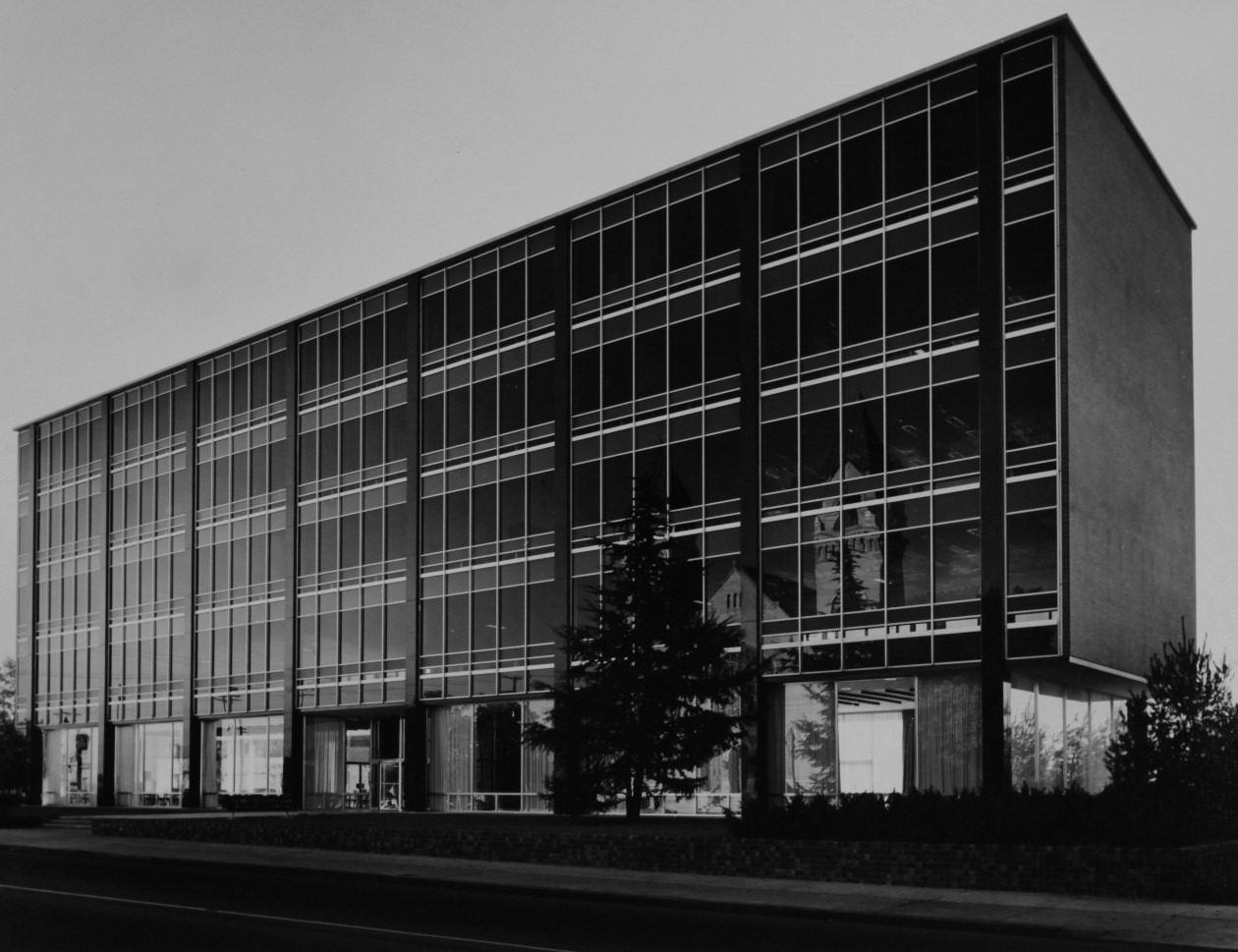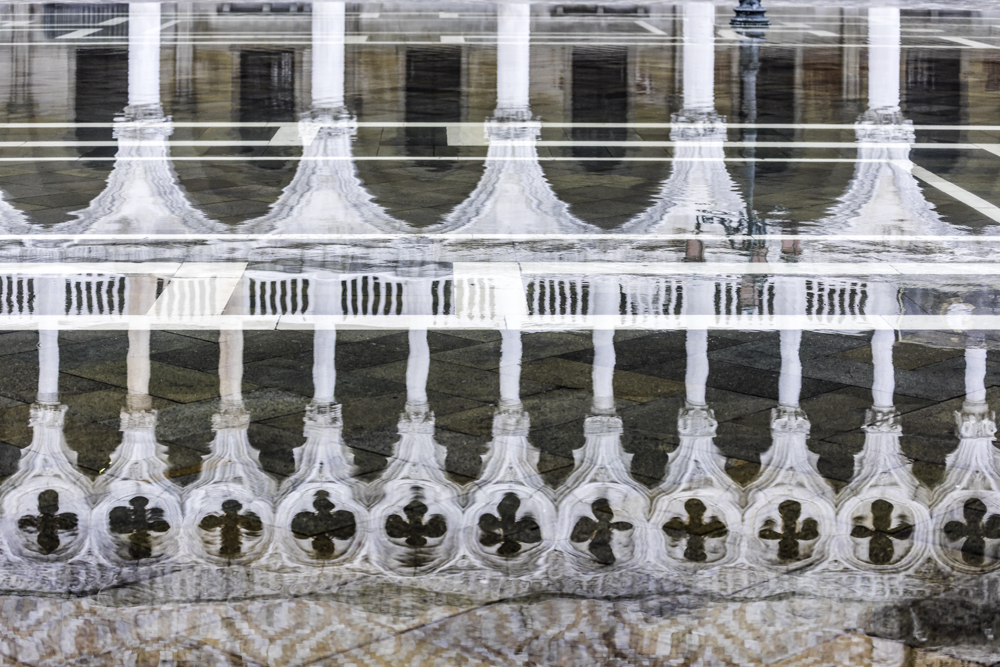Most people are surprised to learn North Carolina has the third largest concentration of Modernist buildings in America. But not George Smart. With his non-profit, largely volunteer organization known as North Carolina Modernist Houses, he has catalogued the state’s substantial legacy of midcentury modern design, both residential and commercial. And he does not hesitate to sound the alarm when a work of modernism is threatened, as is a Milton Small-designed, mid-1960s office building in Durham today. A+A recently interviewed him via email:
Who was Milton Small? Why was he important? What did he contribute to the Southeast? How did he influence the built environment here?
Milton Small was North Carolina’s most well-known architect for the Modernist or International style of commercial architecture. He graduated with two Bachelor’s degrees from the University of Oklahoma, one in architecture and one in engineering, and later attended the Illinois Institute of Technology studying under Mies van der Rohe. Small relocated to North Carolina in 1948 to be Chief Designer for William Deitrick, at the time Raleigh’s largest architectural firm. Small is noted for designing Carter-Finley Stadium, WRAL-TV studios, St. Stephen’s Episcopal Church, the Capital Bank Building, old Raleigh City Hall, Durham’s Home Security Life Building (now the Police HQ), and many Modernist houses. His buildings remind you of Van der Rohe, with their expansive windows, terrazzo floors, cherry and mahogany central cores and walls, and high ceilings.
Why is this building important? Who commissioned it? When?
Home Security Life company commissioned its building in Durham during the late 1950’s. Still caught up n the great Modernist wave that lasted until 1965, this and other insurance buildings in the area tended to be Modernist.
Why is it being threatened? By whom?
The City is moving the PD to a new building in East Durham and sees opportunity in the development of this building (and the entire block) which the city owns. They have commissioned Duda Paine Architects and another consultant to develop four scenarios. One is to save the building and leave the rest alone – which means no one will choose it. Two and Three are essentially the same plans, one keeping the building and one not. Four is so hyper-developed its unlikely anyone would step up with that level of capital.
How hard would it be to establish a trust to save these North Carolina midcentury moderns?
Very hard, as it would take an 8-figure bank account to take title to a building the size of the HSL, for example. We tend to intervene early, as we are doing in this case, before a building is vacated. The process is significantly cheaper and our awareness campaign creates more people interested in preserving the building.
For more, go to http://www.ncmodernist.org/
[slideshow id=1833]



